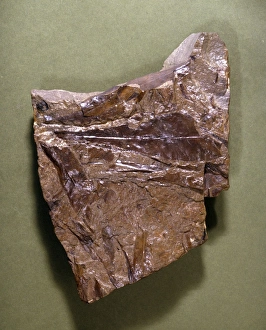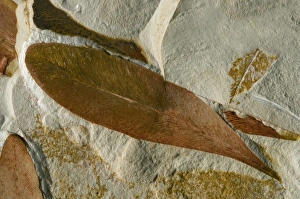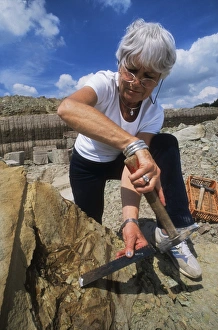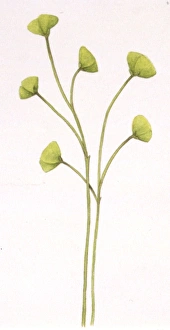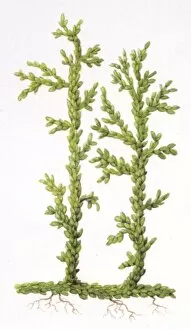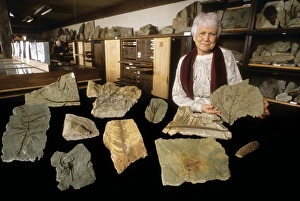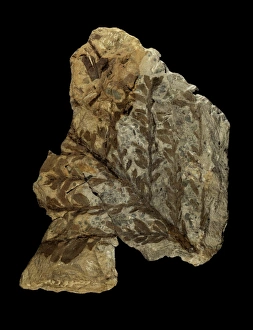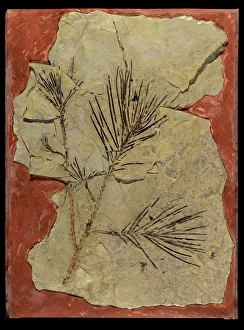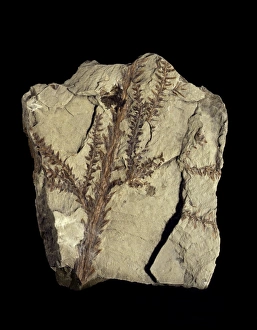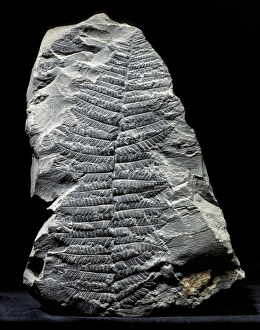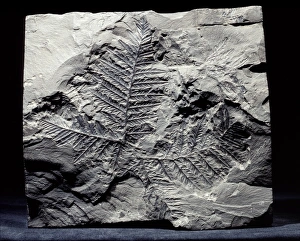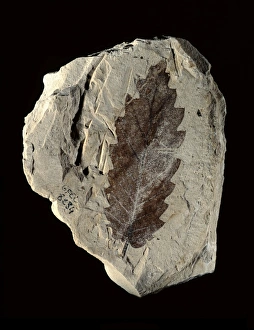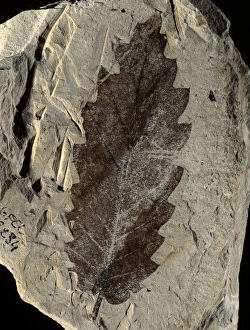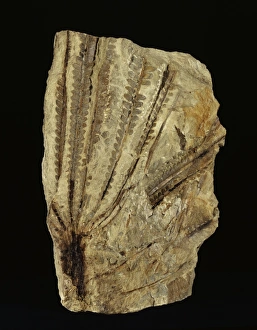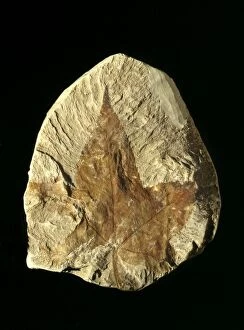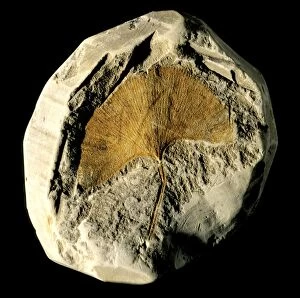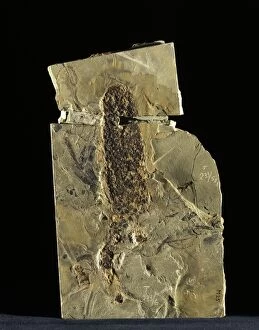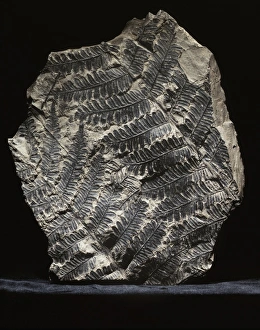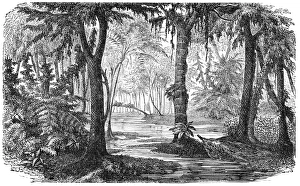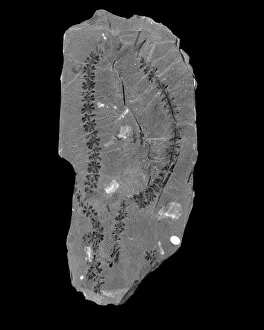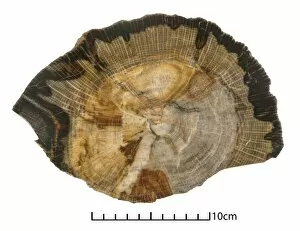Palaeobotany Collection
Palaeobotany, the study of ancient plant life, takes us on a captivating journey through time
All Professionally Made to Order for Quick Shipping
Palaeobotany, the study of ancient plant life, takes us on a captivating journey through time. In the depths of the Jurassic period, where dinosaurs roamed and lush green landscapes flourished, Lea Grauvogel-Stamm, a renowned palaeontologist, unveils secrets hidden within fossils. One such discovery is Glossopteris, a fern fossil (C016 / 4852), which provides valuable insights into prehistoric flora. These Glossopteris leaf fossils transport us back to an era when these plants dominated vast regions of Earth. As we delve further into history, Palaeozoology reveals its wonders from the Cretaceous period. Dinosaurs like Psittacosaurus come to life through detailed illustrations by Robin Bouttell. The intricate depiction of their legs showcases the meticulous work done by scientists in reconstructing these magnificent creatures. But it's not just dinosaurs that captivate our imagination; plants too have their stories to tell. Cooksonia and Asteroxylon are brought back to existence through stunning artwork that breathes life into these ancient botanical wonders. Venturing across continents brings us to Arizona's Petrified Forest National Park at Blue Mesa. Here lies an awe-inspiring sight - petrified tree logs frozen in time for millions of years. This natural wonder serves as a testament to the power and beauty preserved in stone. The Grauvogel-Gall fossil collection in France (C018 / 9411) holds treasures waiting to be discovered. Among them are Albertia conifer (C018 / 9401) and Voltzia conifer (C018 / 9399) fossils that shed light on forgotten chapters of Earth's past. Lastly, Schizoneura horsetail fossil (C018 / 9397) offers glimpses into an era long gone but not forgotten – showcasing how even humble plants can leave behind remarkable imprints for future generations to marvel at.

